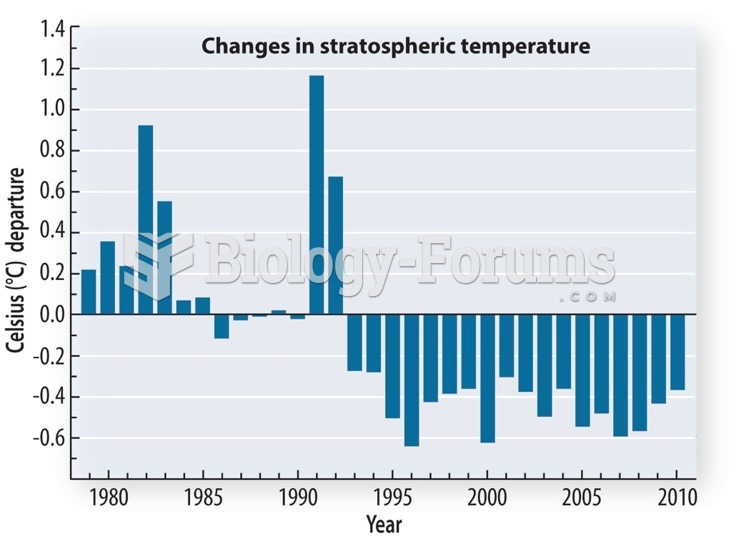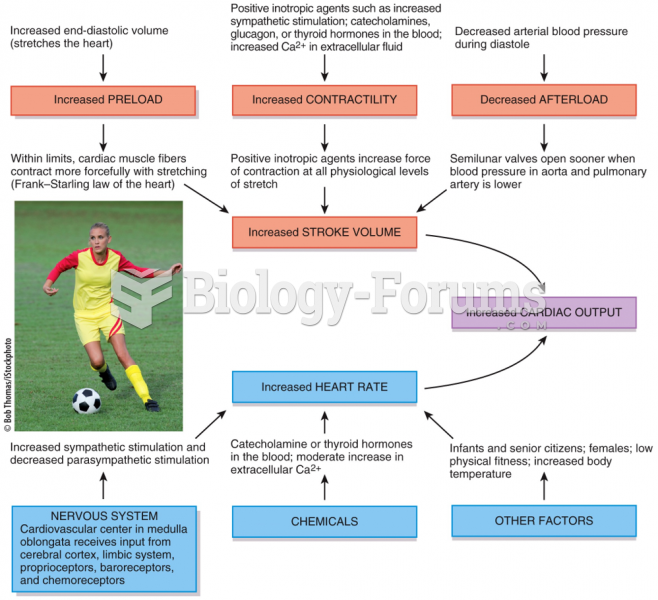Answer to Question 1
A
Answer to Question 2
In the growth stage, profits begin to decline later as more competitors enter the market, driving prices down and creating the need for heavy promotional expenses. At this point, a typical marketing strategy encourages strong brand loyalty and competes with aggressive emulators of the product. During the growth stage, the organization tries to strengthen its market share and develop a competitive niche by emphasizing the product's benefits. Marketers should also analyze competing brands' product positions relative to their own brands and take corrective action. Aggressive pricing, including price cuts, is also typical during this stage. As sales increase, management must support the momentum by adjusting the marketing strategy. The goal is to establish and fortify the product's market position by encouraging brand loyalty. To achieve greater market penetration, segmentation may have to be used more intensely. This requires developing product variations to satisfy the needs of people in several different market segments. As a product gains market acceptance, new distribution outlets usually become easier to obtain. Marketers sometimes move from an exclusive or a selective exposure to a more intensive network of dealers to achieve greater market penetration. Marketers must also make sure the physical distribution system is running efficiently so that customers' orders are processed accurately and delivered on time. Promotion expenditures may be slightly lower than during the introductory stage but are still quite substantial. As sales increase, promotion costs should drop as a percentage of total sales. A falling ratio between promotion expenditures and sales should contribute significantly to increased profits. The advertising messages should stress brand benefits. Coupons and samples may be used to increase awareness as well as market share.







